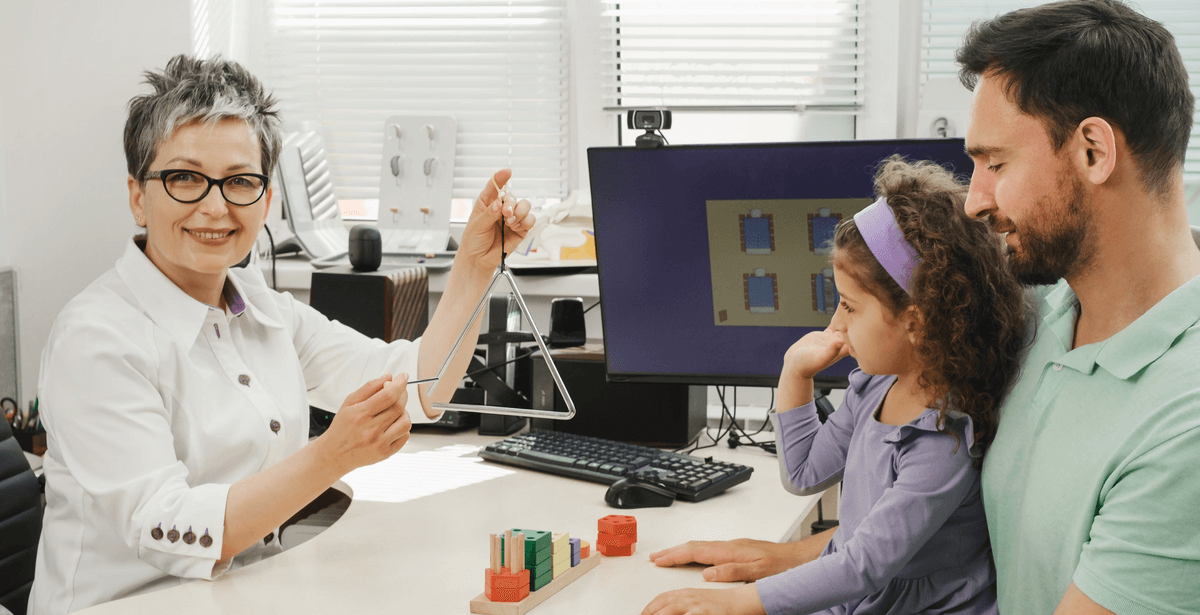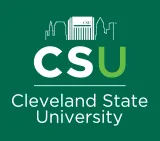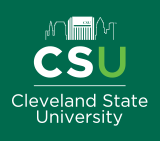What Can You Do as a Speech-Language Pathologist?

A speech-language pathologist (SLP) is a professional communication expert who treats speech and swallowing disorders in people of all ages. Effective communication is a human right and helps develop meaningful relationships in every setting.
In healthcare, SLPs help patients regain communication and swallowing abilities when neurologic and cognitive impairments may be present. In education, SLPs address speech, language and social communication to promote academic success.
If you want to know more about what a speech-language pathologist does, this blog discusses career possibilities for SLPs. It highlights the importance of their role in enhancing the quality of life for their patients in healthcare and education.
Educational Path to Becoming an SLP
To become an SLP, you must complete undergraduate and graduate-level studies. Speech-language pathologist education requirements include a bachelor’s degree in communication sciences and disorders (CSD) or related field followed by a master’s degree in speech-language pathology.
Academic coursework in most CSD programs includes basic sciences like biology, anatomy and physiology, and introductory courses in communication disorders. For example, curricular content might consist of:
- Speech and language development in pediatrics
- Normal and disordered speech and language processes
- Clinical assessment and diagnostic approaches
- Neurologic and cognitive disorders affecting communication
To become an SLP, you must also complete a graduate program of study with supervised clinical hours. As a clinical career, speech-language pathologist requirements include attaining and maintaining professional SLP licensure.
Licensure and Certification
The SLP praxis examination that leads to speech-language pathologist certification is a required component for licensure in Ohio and many other states. A certified SLP holds the American Speech-Language-Hearing Association (ASHA) Certificate of Clinical Competence (CCC) and has met the standards for SLP certification.
The Council for Clinical Certification in Audiology and Speech-Language Pathology (CFCC) defines and applies standards for SLP certification. These standards include:
- Recognized educational degree(s) accepted for certification
- Completion of graduate coursework and required clinical training
- Thorough knowledge of communication and swallowing disorders
- Professional communication skills with ethics and research knowledge
- Ability to evaluate patients and provide evidence-based interventions
Standards for SLP certification are maintained through continuing education and practice. The Ohio Speech and Hearing Professionals Board governs the licensure and continuing education process for SLPs in the state of Ohio. If you enjoy a challenging and rewarding career with opportunities for developing expertise in a specialty area, a career in speech-language pathology may be an excellent fit for you.
Core Responsibilities of an SLP
ASHA defines the scope of practice in speech-language pathology and provides specific details about what an SLP does in various domains of their practice. These responsibilities apply to speech-language pathologists who work with patients of all ages.
Screening and Assessment
A thorough and accurate assessment of speech, language and swallowing disorders is essential for understanding the potential cause of health issues and determining appropriate interventions. SLPs use standardized testing, review medical records, and conduct patient and caregiver interviews when collecting information.
Interdisciplinary collaboration with other healthcare professionals and educators is a major part of SLP work. Patient referrals for SLP evaluation may be recommended based on initial observations in a classroom or following a neurocognitive diagnosis. Initial screenings can determine whether more thorough diagnostic testing is warranted.
Diagnosis and Treatment
There are many nuances of communication and swallowing mechanics. Case histories and diagnostics in speech-language pathology focus on identifying the specific impairments so that SLPs can develop and implement effective treatment plans.
Speech-language pathologists are responsible for providing direct therapy and designing interventions to improve communication and swallowing in areas like:
- Stuttering and/or fluency disorders
- Speech articulation and sound
- Cognitive communication (attention, memory and problem-solving)
- Receptive and expressive language (including development delays)
- Social communication
Tracking and documenting progress with appropriate follow-up are also essential parts of the SLP role. To effectively collaborate with caregivers and educators while advocating for patients, SLPs also write detailed reports and communicate treatment recommendations.

Work Settings
A speech-language pathologist job description will typically include different responsibilities based on the work setting. You will find SLPs employed in:
- Schools and educational institutions
- Hospitals and healthcare facilities
- Private practice
- Research and academia
Schools and educational institutions may require SLPs to hold additional licensure to work in schools. In Ohio, SLP licensure by the Ohio Speech and Hearing Professionals Board and an additional Ohio Department of Education professional license for SLPs are required.
One of the Frequently Asked Questions (FAQs) about CSD and SLP education programs is whether the curriculum meets the requirements for both types of licensure. The program offered by Cleveland State University includes the teacher component required for Ohio Department of Education licensure.
Challenges and Rewards of the Profession
The emotional and social benefits of SLP interventions are among the most rewarding aspects of helping patients improve their communication skills. For many SLPs, the challenges of the profession are overshadowed by the meaningful impact that is possible in patients’ lives.
As advocates for vulnerable populations, SLPs persevere through the emotional demands of the job and walk through times of challenge and progress alongside families. There is profound fulfillment in helping children overcome communication disabilities that might otherwise hinder learning and social connection or helping someone regain communication after a brain injury.
Job security and opportunities for professional growth and development are additional rewards of the profession. There is a growing demand for SLPs in various settings.
Future Trends in the Profession
According to the U.S. Bureau of Labor Statistics (BLS), the employment of SLPs is anticipated to increase by 18% from 2023 to 2033. This projected job outlook demonstrates a growth rate for the profession that is much faster than average for all professions in the country.
Salary statistics reveal the top-paying industries for SLPs as hospitals, nursing and residential facilities. The median salary for SLPs in 2023 was reported by the BLS as approximately $89,290 annually, with those employed in nursing and residential care facilities making approximately $105,030 each year. In Ohio, the annual mean wage for SLPs was approximately $90,830 or $43.67 per hour.
Make an Impact as an SLP in Ohio
You can positively impact the quality of life of others by becoming a speech-language pathologist in Ohio. The online Master of Arts in Communication Sciences and Disorders program at Cleveland State University leads graduates toward their future in speech-language pathology with clinical placements that support the transition toward successful work in the field.
If you are ready to become an SLP in Ohio, get your program guide today by visiting the program page for more information.

